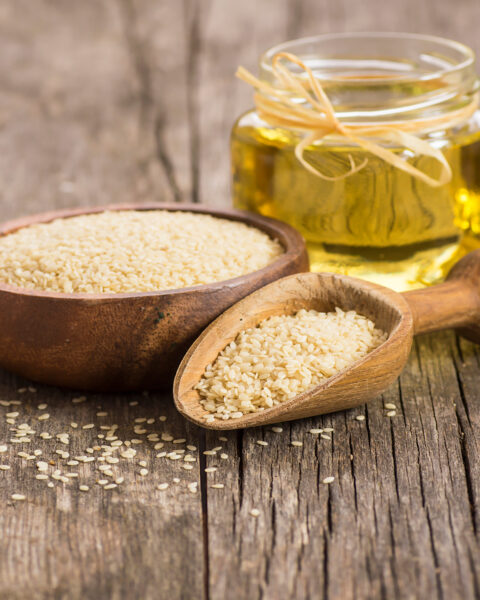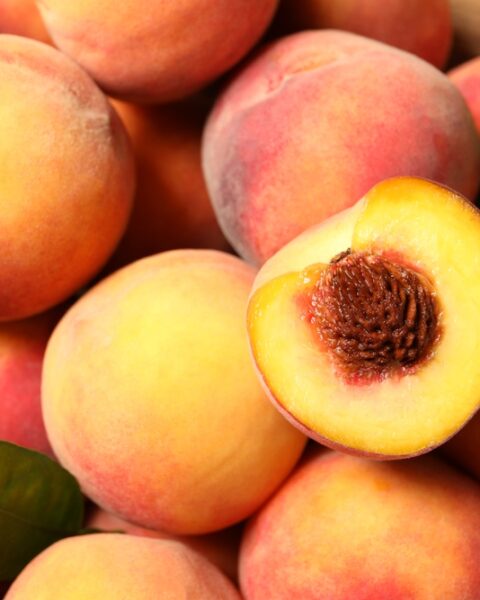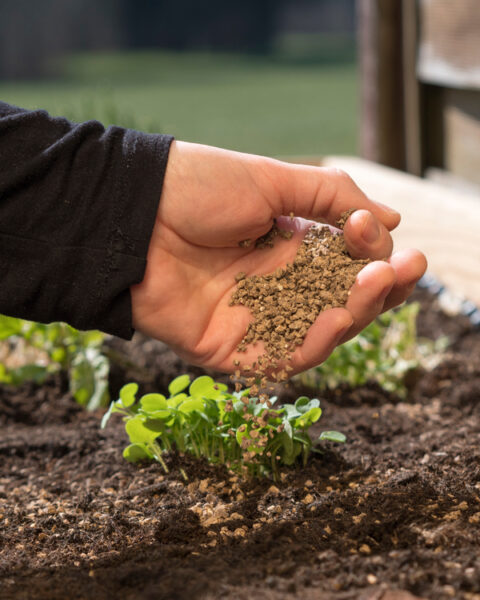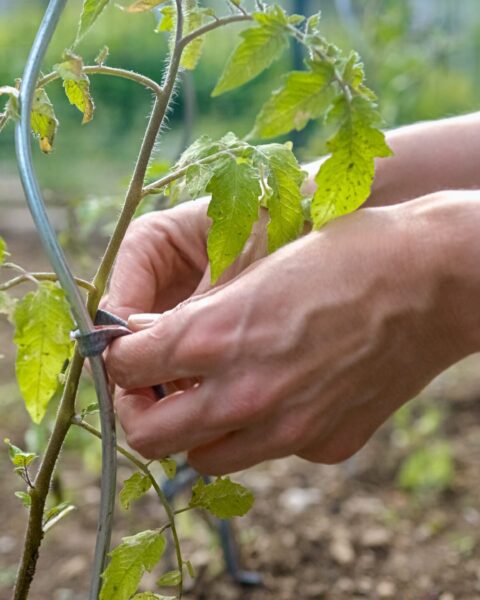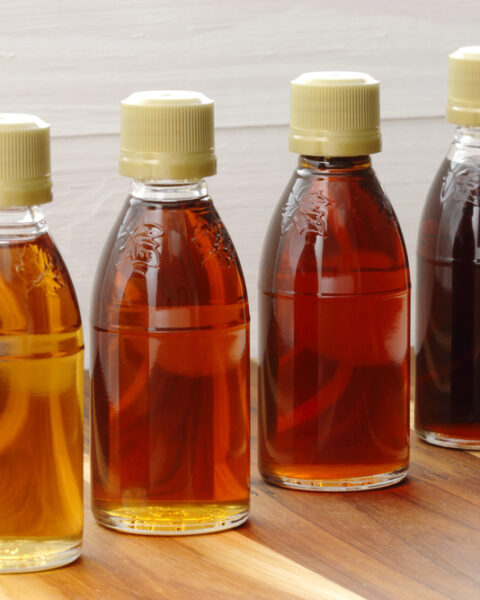Summer outings are all about enjoying the great outdoors and sharing delicious meals with friends and family. However, keeping your food safe during these warm-weather adventures is crucial to prevent foodborne illnesses. With a few simple precautions, you can ensure your meals stay fresh and safe. Here are some practical tips to help you keep your food safe during summer outings.
Contents
- 1 Pack Food in Insulated Coolers
- 2 Separate Raw and Cooked Foods
- 3 Pre-chill Foods Before Packing
- 4 Use a Food Thermometer
- 5 Keep Hands and Surfaces Clean
- 6 Avoid Leaving Food Out in the Sun
- 7 Store Leftovers Properly
- 8 Use Plenty of Ice Packs
- 9 Plan Your Menu with Safety in Mind
- 10 Monitor Food Temperatures
- 11 More From RetailShout
- 12 12 Traditional Frostings and Fillings That Elevate Any Cake
- 13 10 Simple Ways to Create a More Sustainable Kitchen
Pack Food in Insulated Coolers

Use insulated coolers to keep perishable foods cold. Pack the cooler with ice packs or frozen gel packs to maintain a safe temperature. Ensure the cooler is kept in a shaded area and minimize opening it to keep the cold air in. This will help prevent bacteria from growing on your food.
Separate Raw and Cooked Foods
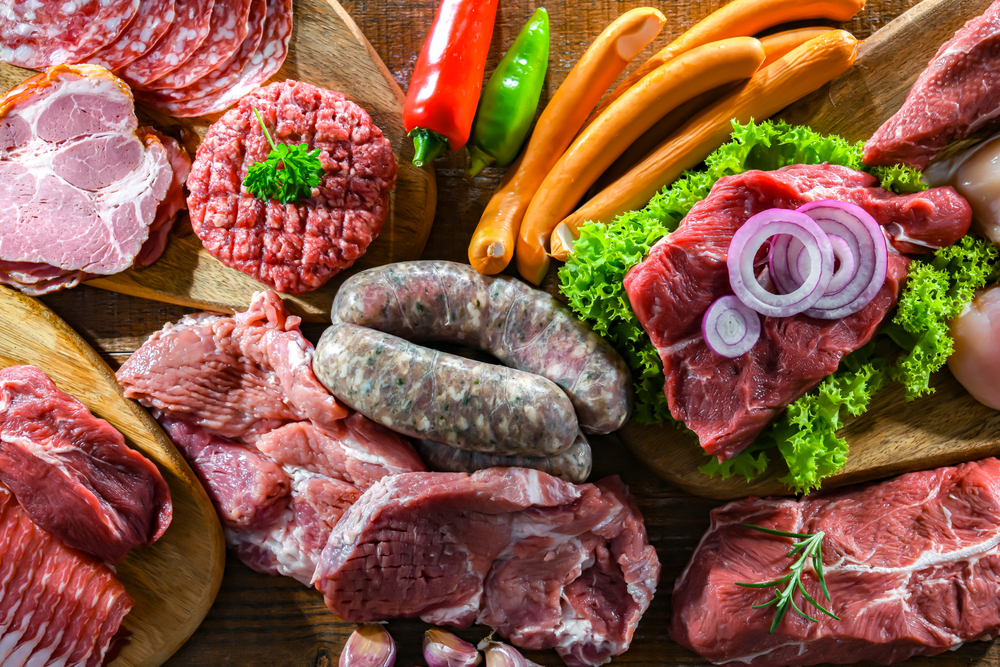
Always separate raw meats from cooked foods to avoid cross-contamination. Use different containers and utensils for raw and cooked items. Store raw meats at the bottom of the cooler to prevent juices from dripping onto other foods. This practice reduces the risk of foodborne illnesses.
Pre-chill Foods Before Packing
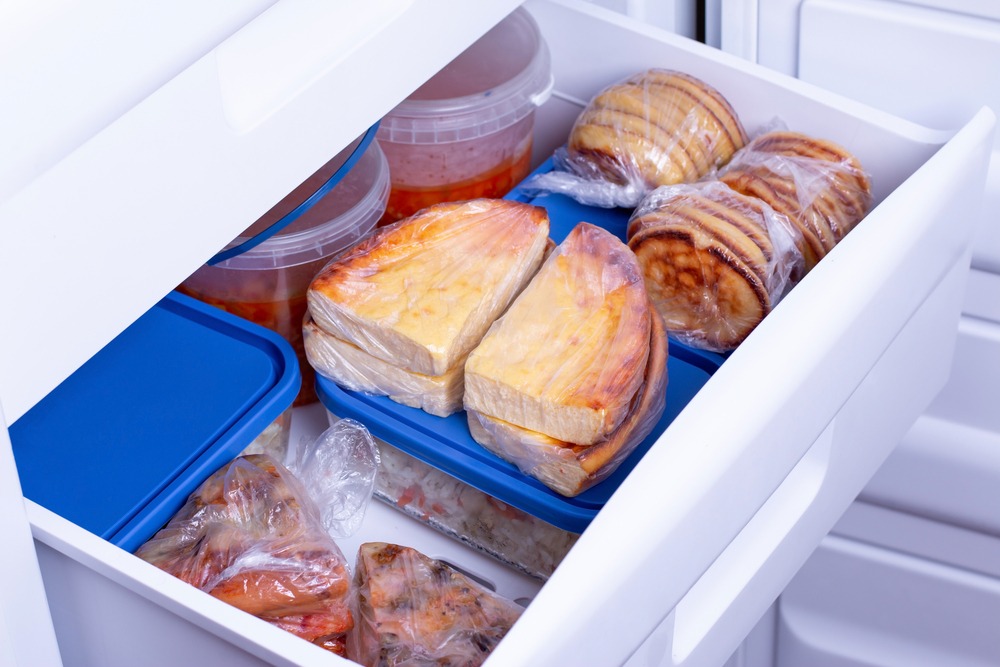
Chill foods thoroughly in the refrigerator before packing them in your cooler. This helps to keep them at a safe temperature longer. Cold food should be stored at 40°F or below to prevent bacterial growth. Pre-chilling ensures your food stays fresh during your outing.
Use a Food Thermometer
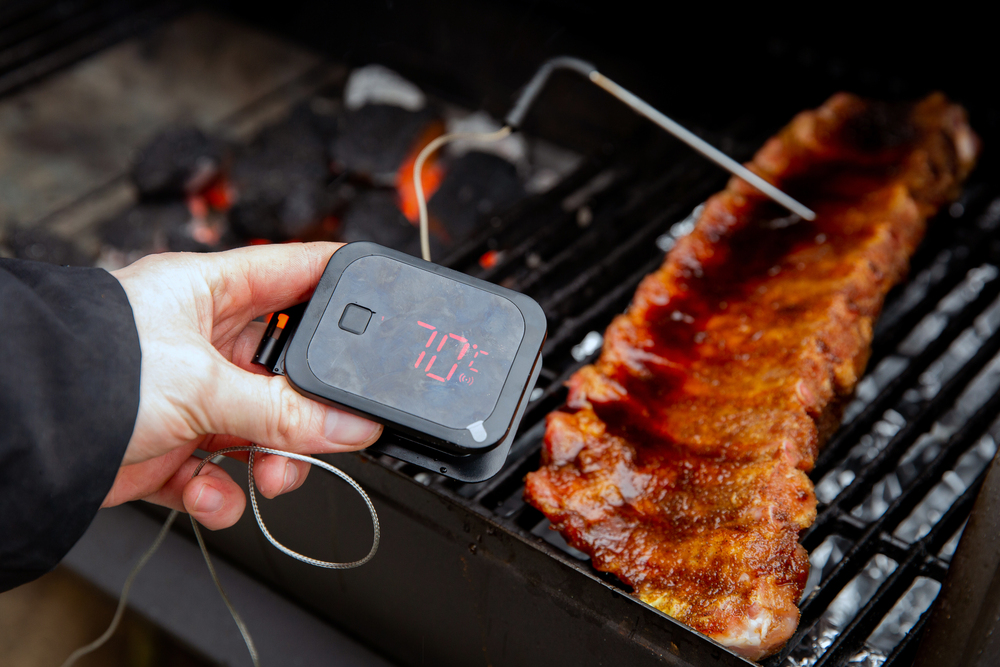
A food thermometer ensures that your food is cooked to a safe temperature. Different foods require different internal temperatures to be safe to eat. For example, burgers should reach 160°F, while chicken needs to hit 165°F. Always check the temperature to ensure your food is properly cooked.
Keep Hands and Surfaces Clean
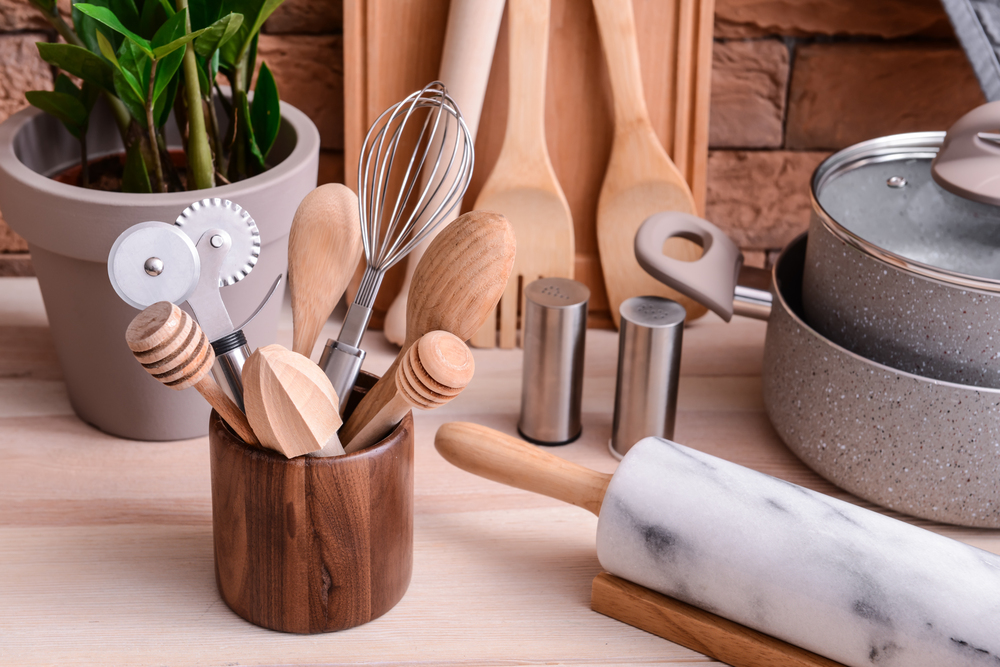
Wash your hands with soap and water before and after handling food. If soap and water aren’t available, use hand sanitizer. Clean surfaces and utensils frequently to prevent contamination. Keeping everything clean is crucial for food safety.
Avoid Leaving Food Out in the Sun

Keep food out of direct sunlight to maintain a safe temperature. Perishable foods should not sit out for more than two hours, or one hour if the temperature is above 90°F. Use a shaded area or an insulated container to keep your food cool. This helps prevent bacteria from multiplying.
Store Leftovers Properly
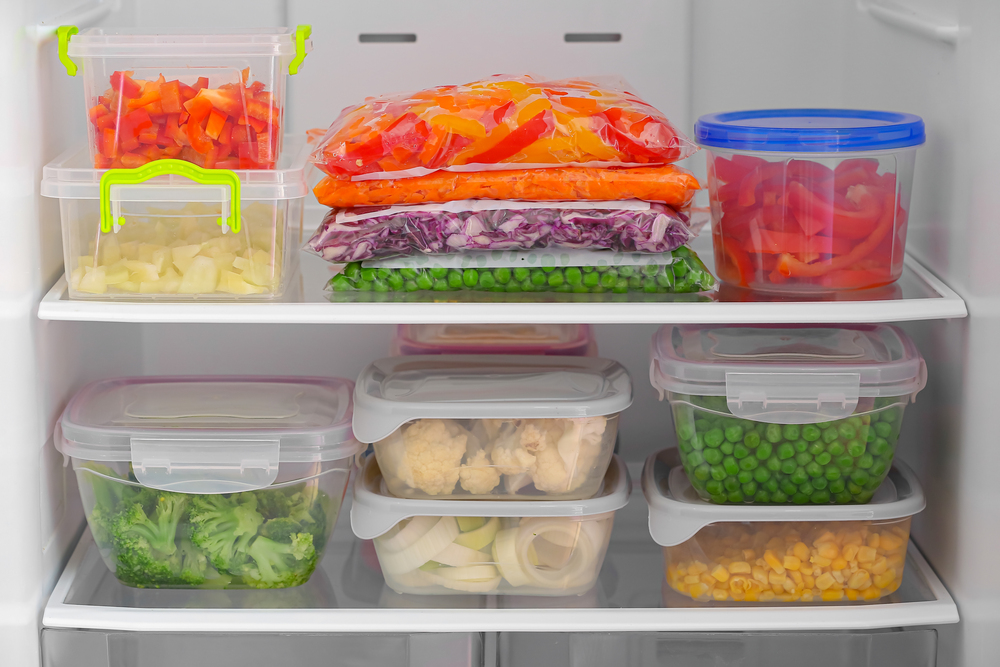
Store leftovers in airtight containers and place them in a cooler as soon as possible. Leftovers should be consumed within three to four days if kept cold. If you’re unsure about the safety of any leftover food, it’s better to discard it. Proper storage helps maintain food quality and safety.
Use Plenty of Ice Packs

Pack plenty of ice packs to keep your cooler cold. The more ice packs you use, the longer your food will stay at a safe temperature. Layering ice packs between items ensures even cooling. Ice packs are essential for maintaining a safe environment for your food.
Plan Your Menu with Safety in Mind

Choose foods that are less likely to spoil quickly in the heat. Opt for items like hard cheeses, dried fruits, and shelf-stable snacks. Avoid mayonnaise-based dishes, as they can spoil quickly. Planning your menu with safety in mind can reduce the risk of foodborne illnesses.
Monitor Food Temperatures
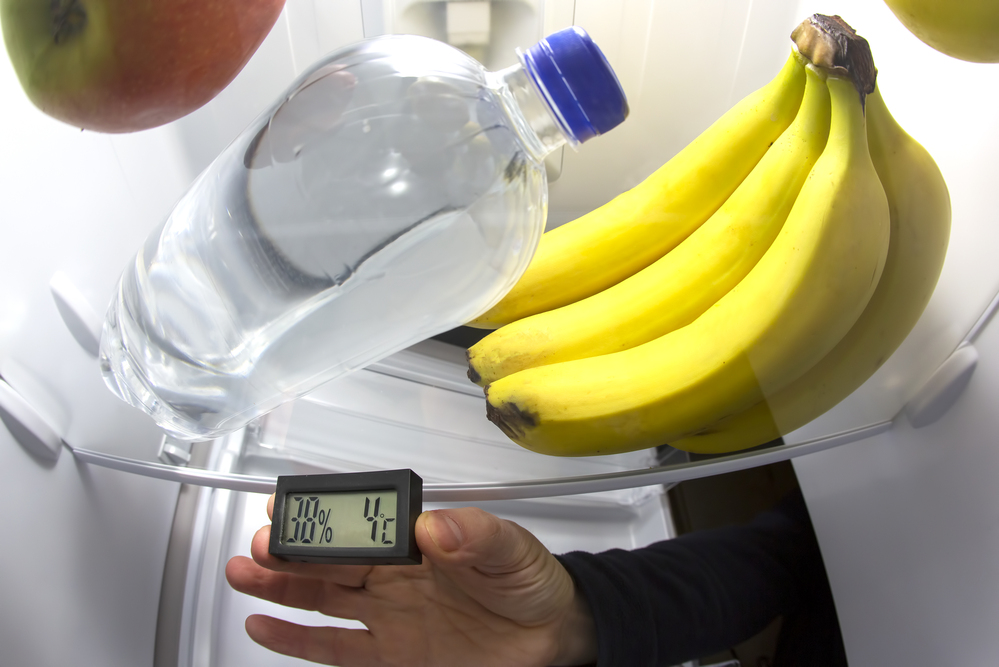
Regularly check the temperature of your cooler and food items. Use a cooler thermometer to ensure it stays at 40°F or below. If any food item reaches an unsafe temperature, discard it. Monitoring temperatures helps you keep track of food safety throughout your outing.
This article originally appeared on RetailShout.
More From RetailShout
14 Trader Joe`s Recipes Using Seasonal Produce
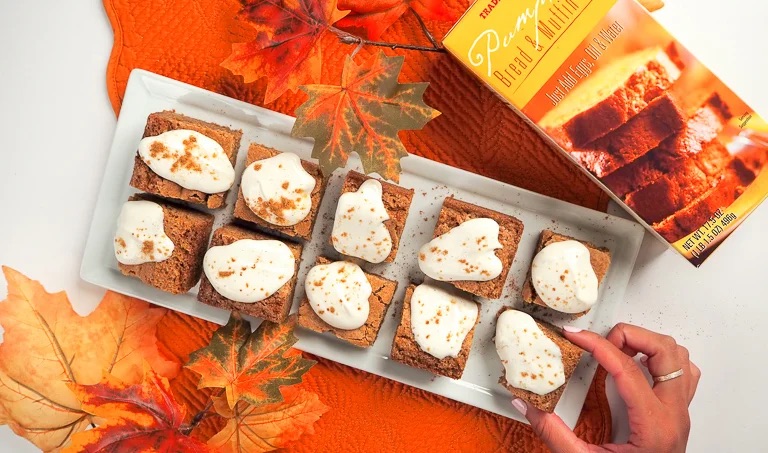
When it comes to cooking, nothing beats fresh, seasonal produce—especially when you can grab it at Trader Joe’s! Good thing you can, and they also have the perfect recipes to match. Read More.
12 Traditional Frostings and Fillings That Elevate Any Cake
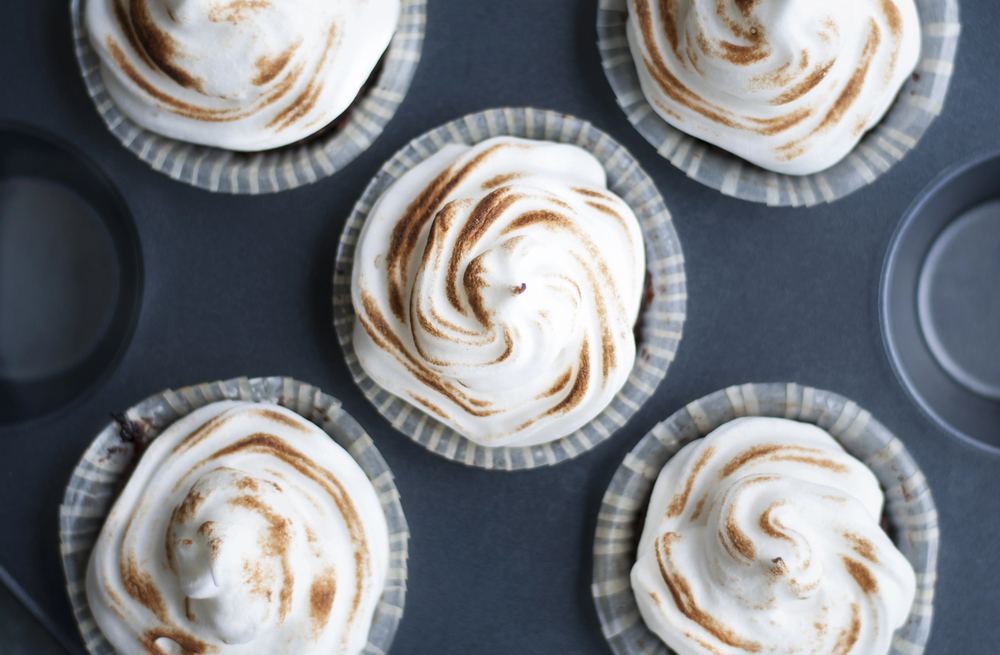
When it comes to baking, a cake is only as good as the frosting or filling that accompanies it. Whether you’re aiming for a smooth, creamy buttercream or a rich, indulgent ganache, the right topping can completely transform your cake. Read More.
10 Simple Ways to Create a More Sustainable Kitchen
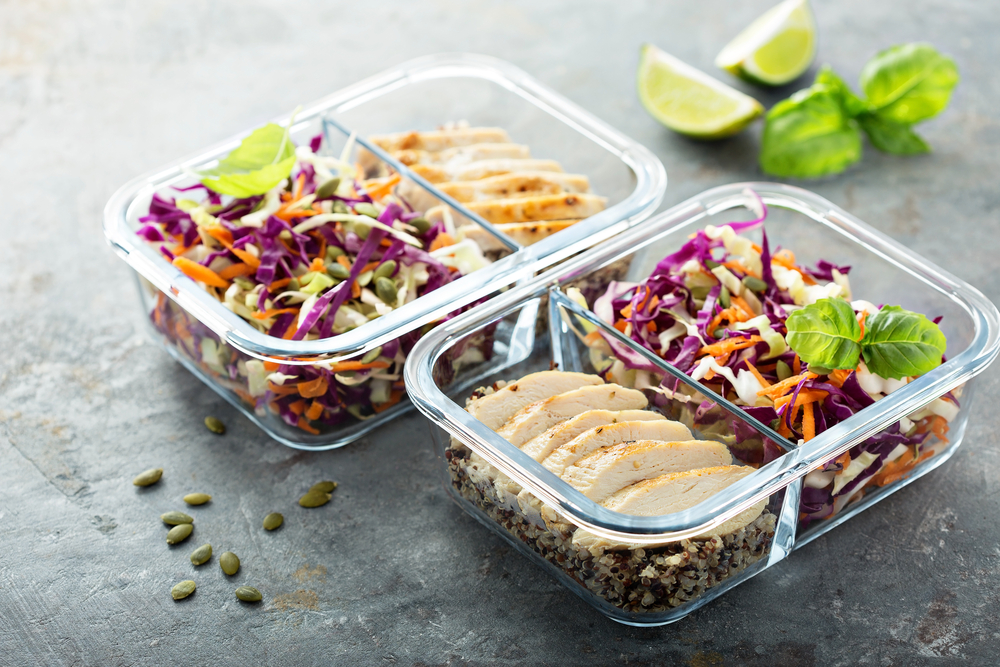
A sustainable kitchen is more than a collection of green gadgets; it’s a lifestyle that embraces efficiency and environmental responsibility. Simple adjustments in daily habits can significantly reduce your carbon footprint. Read More.

